Printed Circuit Board Fabrication
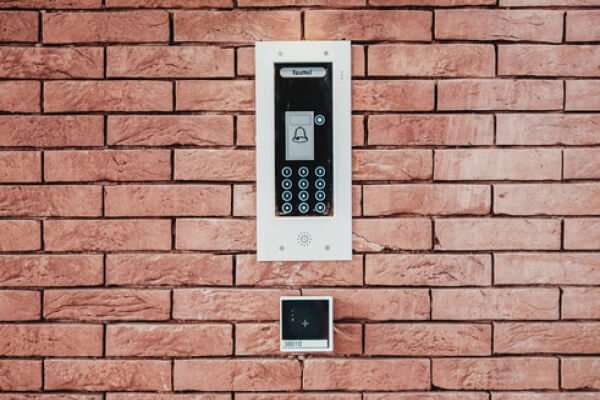
Gerber Files Preparation:
The PCB design files, usually in Gerber format, are provided to the fabrication service. These files define the copper traces, solder mask, and other layers of the PCB
Material Selection:
Depending on the design requirements, the appropriate base material and thickness are chosen for the PCB substrate

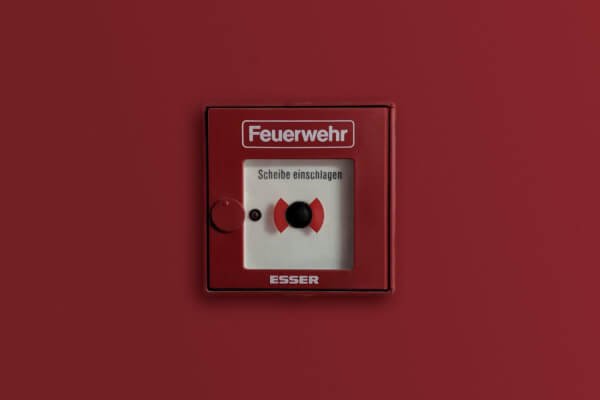
Layer Stacking:
For multi-layer PCBs, the layers are stacked together, aligned, and laminated to form a single unit.
Etching and Plating:
The copper layers are etched to create the circuit traces and then plated to enhance conductivity and prevent oxidation.
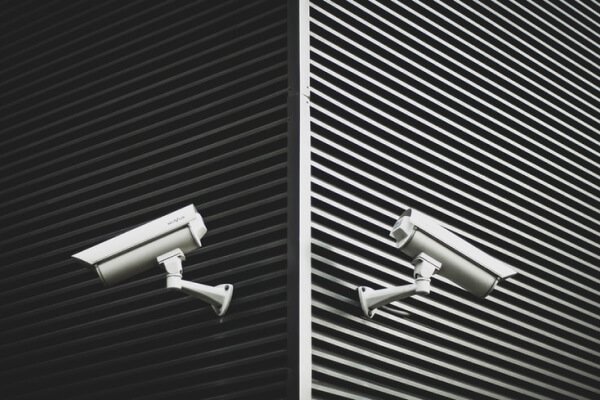

Solder Mask Application:
A solder mask layer is applied to protect the copper traces and prevent solder bridges during component soldering
Silkscreen Printing:
Component reference designators, symbols, and other markings are printed on the PCB surface for assembly and identification.
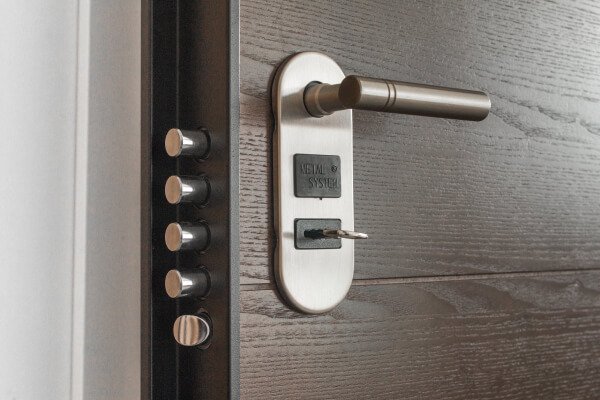

Quality Control:
Rigorous quality checks are performed during the fabrication process to ensure accurate layer alignment, proper copper etching, and adherence to design specifications
Join Us
Private Security Training
Sollicitudin eros nulla mus donec a quisque convallis integer condimentum volutpat felis sed aliquet netus dolor dictumst pellentesque egestas varius magna senectus.

Power Distribution:
Efficient power distribution network design ensures that power and ground connections are well-distributed to all components

Footprint Creation:
Design services include creating accurate component footprints to match the physical dimensions of the components that will be soldered onto the PCB

Design for Manufacturing (DFM):
DFM considerations ensure that the PCB design is manufacturable and compatible with the capabilities of PCB manufacturing processes

Design for Assembly (DFA):
DFA principles are applied to make sure that the PCB can be assembled efficiently and accurately during the manufacturing process

Prototyping and Testing:
PCB design services might offer prototyping and testing of the designed PCB to identify potential issues before mass production.
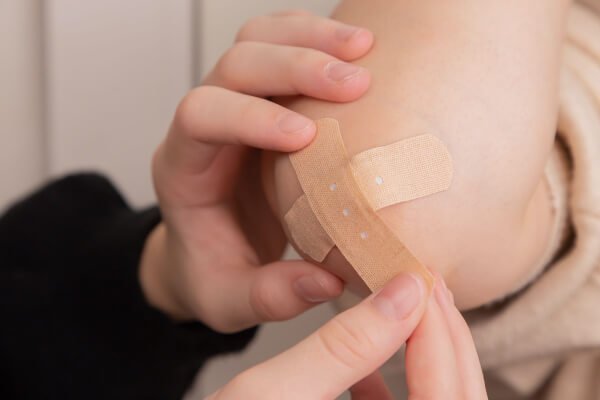
High-Speed & RF PCB Design:
For applications involving high-speed signals or radio frequency (RF) components, specialized design practices are employed to maintain signal integrity and minimize losses.

Documentation:
Comprehensive documentation, including Gerber files, bill of materials (BOM), and assembly drawings, is provided to facilitate manufacturing and assembly processes

Collaboration with Engineers:
PCB design services often involve collaboration with engineers and stakeholders to ensure that the design meets the technical requirements and objectives

Compliance and Certifications:
If applicable, services ensure that the PCB design adheres to industry standards, regulations, and certifications
